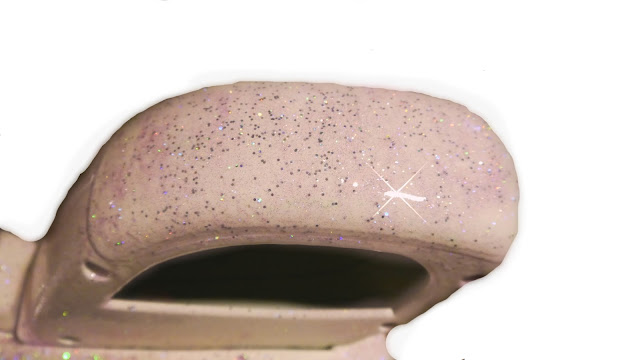Did You Know?
For over 2,000 years, willow bark has been used in Chinese medicine for its anti-inflammatory and pain relieving properties.
Willow bark comes from the branches of two- to three-year-old black or white willow trees.
The main chemical that gives willow bark its therapeutic effects is salicin. When the body processes salicin, it turns it into salicylic acid, which then to aspirin. It is a popular natural pain reliever and fever reducer.
Willow bark can help treat lower back pain and possibly osteoarthritis (OA) pain.
Why take willow bark instead of aspirin????
Aspirin can cause stomach irritation or damage, while willow bark taken in normal amounts does not.
Willow bark contains tannins and flavonoids, which have health benefits.
Tannins are chemicals found in plant-based foods. They stop the growth of bacteria, viruses, and fungi, and also improve blood clotting, boost heart health , and lower blood pressure and cholesterol.
Flavonoids made by plants that give them their red, orange, and yellow colors. They also work as antioxidants, helping cells to repair and protect themselves from damage.
Willow bark also helps...
ALLEVIATES ACNE
REDUCES HEADACHES
SOOTHES MENSTRUAL CRAMPS
How to harvest willow bark for medicine
Strip the bark from the young branches of willow in the Spring just before the sap begins to run, when the branches are spring colored. This is the easiest time to separate the bark from the branch. You start at the base of the cut edge and peel it upwards toward the tip. The bark will peel off in strips. You can recognize the correct willows by their brightly colored bark — usually yellow, orange, or red. Weeping willow trees and corkscrew willow are both varieties that can be used.

For tea
Allow to willow strips to fully dry at room temperature before placing in a jar and storing in a cool, dry place.




























































